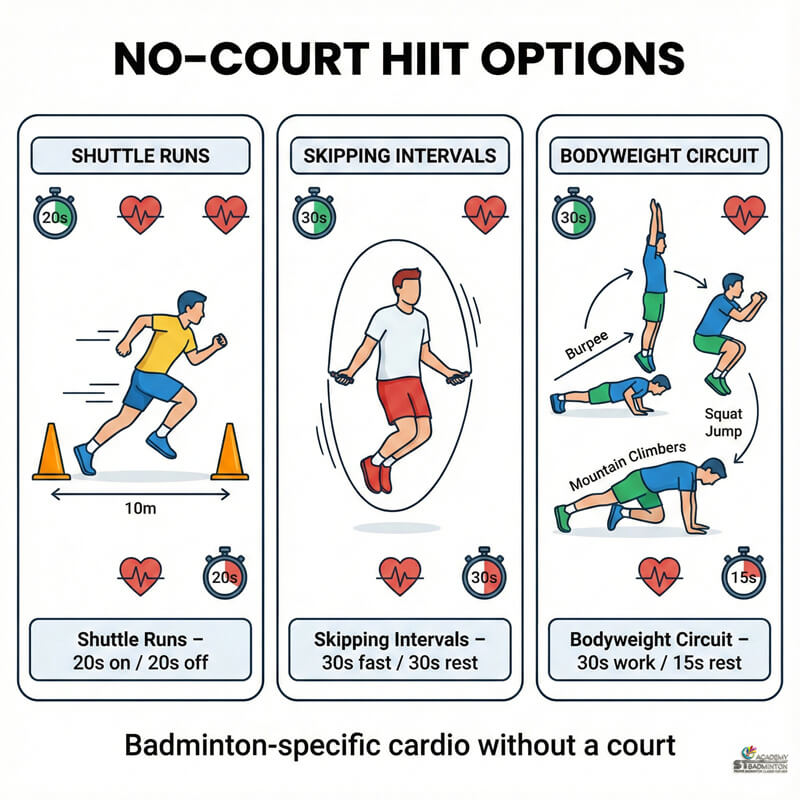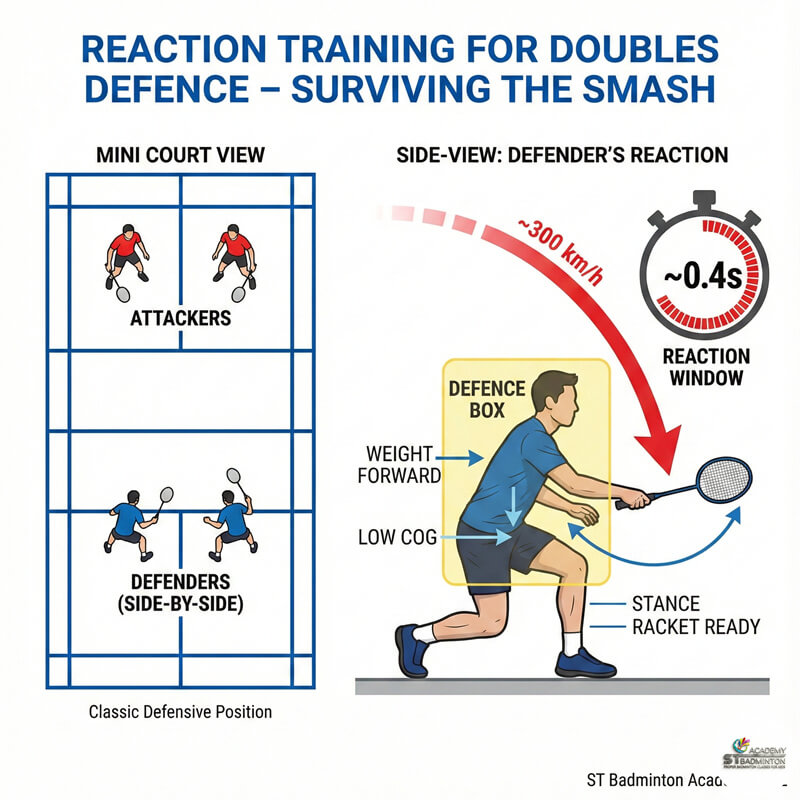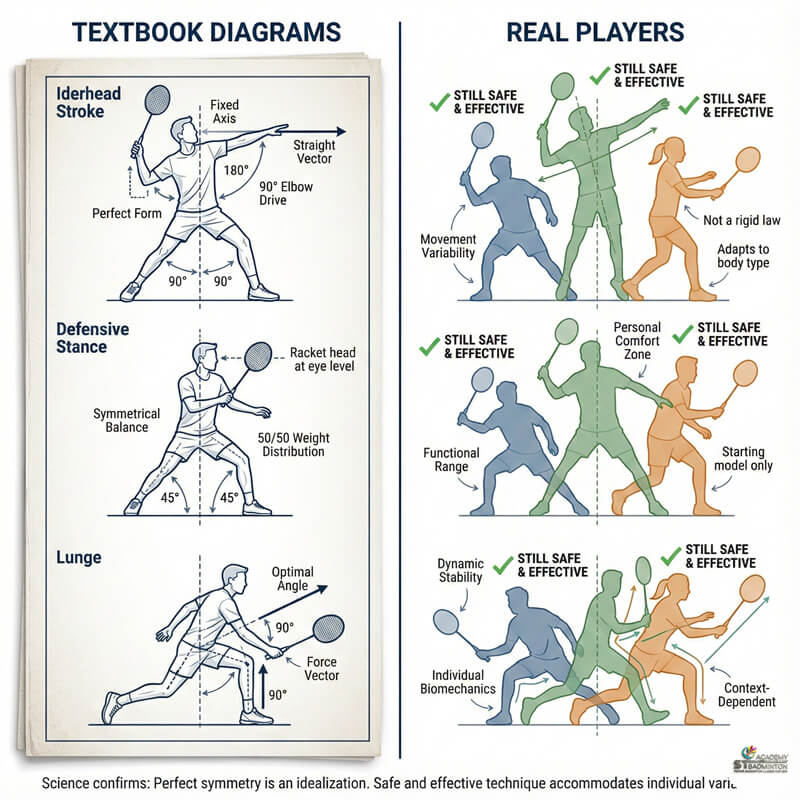Welcome to ST Badminton Academy’s badminton training in Malaysia! Incorporating resistance training into your routine is the perfect solution. Resistance training has long been known as one of the best ways to improve physical performance and overall strength, so let me break down just how it can help your badminton skills.
No matter if you’ve only recently taken up badminton or have been playing for years, by understanding how resistance training works, I’m sure you’ll be able to find ways to tailor your own workout plan that will take your game to the next level. Let’s get started!
What Is Resistance Training?
When it comes to becoming a better badminton player, resistance training is an essential part of the equation. It’s no secret that speed drills and power training are key components in any successful sports regimen. But what exactly does it mean when we talk about resistance training?
Simply put, resistance training is a form of physical exercise designed to improve muscular strength and endurance by using external forces such as weights or elastic bands. This type of workout involves pushing against a certain amount of force, which can be provided through machines, free weights, bodyweight exercises, and even water-filled devices.
The goal is to strengthen muscles throughout the entire range of movement while also improving flexibility, coordination, balance, agility, core stability, and overall athleticism.
From Olympic athletes to weekend warriors hitting up the court for pick-up games – everyone stands to benefit from incorporating some kind of regular resistance program into their fitness routine. Whether you’re looking to increase your vertical jump height or simply gain more control over your shots during gameplay – adding in this crucial element will help you achieve those goals faster than ever before.
Benefits Of Resistance Training For Badminton
Now that we know what resistance training is, let’s look at the benefits of incorporating it into your badminton routine. Resistance training helps to prevent injury by strengthening muscles and improving joint stability. This reduces the risk of strains or sprains when you are playing as well as avoiding overusing certain parts of your body due to poor form.
Additionally, strength building through resistance training can help improve performance in games. You will be able to move faster and jump higher than before due to increased muscular development which gives players a better edge on the court.
Another benefit of adding resistance training into your program is improved technique. By focusing on specific muscle groups, you can refine the movement patterns used during badminton play such as footwork drills and overhead swings while preventing fatigue with rest periods between sets. As a result, this increases the accuracy and consistency of shots taken, giving you an advantage against opponents who have not adopted this type of fitness regimen in their game plan.
Resistance training also develops mental toughness because each set requires focus and determination to complete without sacrificing the quality of movements performed. The process teaches players how to stay calm under pressure and think clearly during match situations so they can make quick decisions in order to win points effectively.
With its many advantages, combining resistance exercises into your current badminton practice schedule is essential for optimal physical and mental success on the court! Moving ahead, let’s explore different types of resistance training for badminton athletes…
Types Of Resistance Training
Incorporating resistance training into your badminton routine can be a great way to enhance performance on the court. Resistance training is any exercise or activity that uses an external force against your muscles, causing them to contract and work harder than usual. It helps strengthen the body’s muscles and bones, improve balance and agility, and increase stability in joints.
When it comes to incorporating resistance training into your badminton regimen, there are several options available. Stability training exercises like lunges with weights or medicine balls are excellent for strengthening leg and core muscles which help provide power during games. Balance drills such as single-leg squats also help build up strength while teaching you how to stay balanced when performing quick movements on the court.
Additionally, using weighted ropes can help add intensity to upper-body workouts by improving coordination between arms and legs. Here is a list of some common types of resistance training used in badminton:
| # | Common Types of Resistance Training in Badminton |
|---|---|
| 1 | Medicine Ball Exercises |
| 2 | Weighted Rope Exercises |
| 3 | Core Training Drills |
| 4 | Plyometric Training |
Improving muscular endurance through proper resistance training not only prepares players physically but mentally too by challenging their bodies to reach new levels of fitness. This will allow you to perform better during games with greater speed, power, control, and dexterity – key components for success in badminton!
Weight Training For Badminton
I’m a big believer in weight training for badminton. It helps to build strength and power, which are both essential ingredients when it comes to being an elite player. I recommend incorporating resistance exercises into your badminton routine at least once or twice per week, depending on the intensity of your matches and practices.
When you’re doing weight training for badminton, it’s important that you focus on compound movements like squats, deadlifts, rows and shoulder presses. These will help you to build strength in all the major muscle groups used during play. You should also include accessory lifts such as curls, triceps extensions, and lateral raises to improve your muscular balance and stability. Don’t forget stretching too – this is especially important after each session so that your muscles stay limber and flexible!
It’s not just about exercise either; nutrition plays a massive role in improving performance levels. Make sure you’re eating a balanced diet full of fresh fruits and vegetables, lean proteins, and whole grains to provide your body with the right fuel for optimal results. A good sleep routine is also key – aim for 7-8 hours every night if possible.
All these elements together form part of a comprehensive fitness plan that can take your game to the next level. With some dedication and hard work, you’ll be able to see significant improvements over time. Transitioning now onto plyometric exercises for badminton – these drills can help to increase agility, speed, and explosive power…
Plyometric Exercises For Badminton
I’m a big fan of incorporating plyometrics into my badminton training routine! Plyometric jumps are great for improving explosive power and increasing your vertical jump, which is essential for badminton. Plyometric lunges help to improve your agility while strengthening your lower body. Plyometric push-ups are great for building your upper body strength, which helps you maintain your form while playing. All of these exercises are great for improving your badminton performance!
Plyometric Jumps
Plyometric jumps are one of the best ways to incorporate resistance training into your badminton routine. Plyometrics are exercises that involve rapid stretching and contracting of muscles, which can help strengthen muscles for better performance on the court. They also improve agility, coordination, and power output so you can react faster and hit harder.
When it comes to plyometric drills specifically designed for badminton players, there are plenty of great bodyweight exercises like squat jumps, lunge jumps, single-leg hops, and box jumps that can be incorporated into a workout session.
These drills all require minimal equipment but still provide an intense challenge for your body. Performing single-leg hops with quick transitions between feet is especially beneficial in building strength in the calves and ankles – two key areas of importance in badminton as they allow us to move quickly around the court while providing stability when hitting shots or receiving serves.
Squat jumps target our quads and glutes while lunges increase hip mobility – both important aspects of any successful badminton player’s game plan!
Box jumps should definitely not be overlooked either; by increasing vertical jump height you’ll be able to reach higher smashes more easily. Plus, this exercise helps develop explosive power throughout your entire lower body as well as balance and coordination – all crucial attributes no matter what level you play at!
So don’t forget about incorporating these strengthening drills into your weekly workout plan if you want to take your game up a notch.
Plyometric Lunges
Plyometric lunges are another great way to incorporate resistance training into your badminton routine. They’re a challenging yet effective exercise that works on strengthening the lower body while also increasing our balance and coordination – two essential attributes of any successful badminton player!
Lunging is done by stepping forward, bending the front knee at 90 degrees, and then jumping back up with an explosive motion.
This can be done alternating between legs or in one direction only; whichever variation you choose will help develop power throughout the entire lower body. To make it even more challenging try adding some bodyweight squats for extra resistance, this way you’re not just focusing on strength but developing other key skills like balance drills as well.
All these exercises should be incorporated into weekly workouts if you want to become stronger and faster on the court, so don’t forget about them when designing your fitness program!
Plyometric Push-Ups
Next on the list of plyometric exercises for badminton players is Plyometric Push-Ups. This exercise works to develop upper body strength, speed, and agility – all key components in a well-rounded badminton game! The technique looks just like a regular push-up but with an added explosive movement that pushes your weight off the floor at the top of each rep.
You can increase the difficulty by adding weights or bands around your wrists or ankles too! Doing this type of exercise will also help you work on developing power throughout your entire upper body which will be beneficial when performing any advanced strokes during a match.
Lastly, if you really want to take it up a notch try incorporating some speed drills into your workout as well; they’ll help you move quicker while still maintaining control over your shots.
Core Training For Badminton
Plyometric exercises are important for badminton players to train their fast-twitch muscles and improve explosive power. However, it is also essential to incorporate resistance training into your routine in order to build strength and support the development of those same quick movements. Core training is a great way to achieve this balance between plyometrics and resistance, preparing you physically as well as mentally for any match or tournament ahead.
Your core muscles provide stability and generate force from your feet through to your upper body when playing badminton, so strengthening them is key. Resistance training such as using weights can help strengthen these muscles in just about every direction possible; however, it’s important not to neglect stretching exercises and flexibility training.
Such exercises will keep your body limber and give you the full range of motion that you need on-court while still providing some muscular endurance within each movement too – something which many athletes overlook!
Training frequency and intensity should be tailored around what kind of player you want to become: if speed and agility are a priority then focus on plyometrics but don’t forget to include some resistance work in there too; if sheer power is more relevant then make sure you’re incorporating enough weight into your routines alongside stretching/flexibility work for maximum performance benefits both during matches or tournaments as well as outside them.
Training Frequency And Intensity
When it comes to incorporating resistance training into a badminton routine, the frequency and intensity of the exercises are key. It is important that athletes do not overtrain, as this can lead to fatigue or even injury. To ensure maximum performance while avoiding burnout, I recommend performing speed drills two to three times per week, with light weights and high reps in order to improve power and endurance.
Additionally, recovery techniques should be utilized between sessions such as foam rolling, stretching, yoga or massage therapy-all of which will help reduce soreness and promote longevity in your badminton career.
It’s also important to keep track of how you’re feeling during each session; if an athlete feels overly fatigued or sore after exercise they may need more rest days than usual. As far as weight lifting goes for badminton players, I recommend keeping the rep range around 15–20 using moderate weights – focusing on compound movements like squats, deadlifts, and bench presses that directly target muscles used during playing periods.
This type of program helps athletes build strength without adding too much bulkiness which could hinder their agility on the court.
The next step is creating a personalized resistance training program tailored specifically to badminton players’ needs. Such programs must take into account individual goals and skill levels so they are able to progress safely yet efficiently toward those targets.
With well-thought-out programming combined with proper nutrition habits and sufficient recovery strategies, any badminton player can reach new heights in their game! Moving forward let’s discuss designing resistance training programs for improved performance on the court.
Resistance Training Programs For Badminton
I’m a big believer that if you want to take your badminton game up a notch, incorporating resistance training into your routine is key. Power training and agility drills are the two main components I recommend for any serious badminton player.
When it comes to power training, exercises like plyometric jumps, Olympic lifts, and weighted carries can help improve your explosiveness on the court. Start with bodyweight exercises and work your way up as you increase strength and coordination; this will help minimize the risk of injury.
Make sure to focus on proper form when performing these exercises to maximize benefit while reducing injury risk.
Finally, agility drills can be done in short bursts throughout practice or during warm-up sessions. Try ladder drills where you run through spaces created by cones placed at varying distances from each other.
Or incorporate reaction exercises involving medicine balls or shuttlecocks––this helps strengthen both hand-eye coordination as well as footwork speed on the court. With just 10 minutes dedicated daily to such activities, you’ll see an improvement in overall performance within weeks!
Frequently Asked Questions

What Is The Best Way To Warm Up Before Resistance Training For Badminton?
Warming up before resistance training for badminton is key to a successful and safe workout. I recommend starting with dynamic stretching exercises like leg swings, arm circles, high knee marches, and deep squats. This will help activate your muscles while increasing your heart rate and body temperature.
Then progress into strength-based movements that are specific to badminton such as medicine ball throws or lunges with shoulder presses. These exercises can be done in sets of 10-15 reps depending on the intensity you’re looking for. By properly warming up beforehand, you’ll get the most out of your resistance training routine and avoid any potential injuries!
How Can I Adjust My Resistance Training Program To Suit My Individual Needs?
When it comes to resistance training for badminton, the key is tailoring your program to meet your individual strength goals. Different exercises will help you isolate and target specific muscles so that you can maximize their development as part of your routine. Start by assessing what muscle groups need more attention, then mix up your workouts with weight machines, free weights, and bodyweight movements like push-ups or planks.
Don’t forget to give yourself adequate rest between sets – this helps optimize muscle growth while also reducing fatigue and injury risk during play.
Are There Any Risks Associated With Resistance Training For Badminton?
Yes, there are risks associated with resistance training for badminton. It’s important to make sure you’re using the correct technique and proper form when working out to avoid injury. Improper form can lead to strains, sprains, or even more serious injuries depending on how intense your workout is. To minimize any potential risk of injury, ensure that all exercises are performed correctly by focusing on proper posture and keeping good control of your movements throughout the entire exercise. Other than choosing a good racket and also remember to choose the best racket restring in Malaysia.
How Can I Modify Resistance Training To Prevent Injury?
If you’re looking to stay injury-free while still reaping the rewards of resistance training in your badminton routine, then it’s important to modify your workouts accordingly. To do this, incorporate stretching exercises and focus on body mechanics – both are crucial for preventing potential strains or sprains that could set back your progress.
Keep an eye out for any signs of fatigue or overuse as well; if you start feeling soreness in a particular area, take some time off from exercising and give yourself a break!
Is There An Ideal Time Of Day To Complete Resistance Training For Badminton?
When it comes to resistance training for badminton, timing matters. Working out at the right time of day can help you maximize your performance and reduce injury risk. Generally speaking, a good rule of thumb is to complete strength-training exercises before or after playing badminton. This allows you to warm up properly and use stretching techniques as well as nutrition planning to prevent fatigue from setting in during play.
Learn Resistance Training with Professional Badminton Coach Malaysia
If you’re serious about taking your badminton performance to the next level, incorporating resistance training into your routine is a must. But it’s not all fun and games – there are risks associated with resistance training that must be taken seriously. That being said, if done correctly and with adequate rest between sessions, resistance training can help improve speed, power, agility, and explosiveness when playing badminton.
So don’t fret! With the right knowledge and attention to safety precautions, you can make sure your resistance-training program boosts your game in no time!





